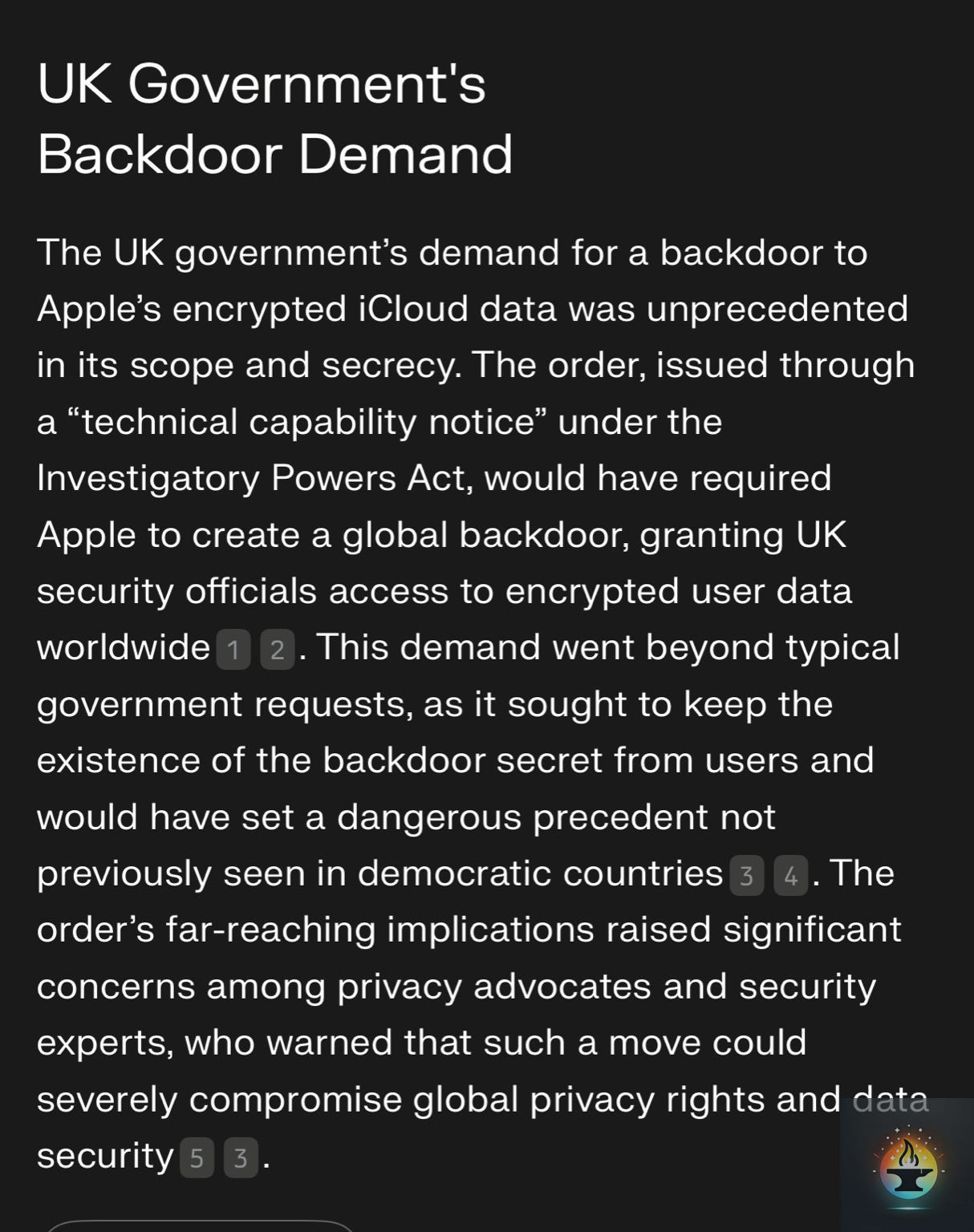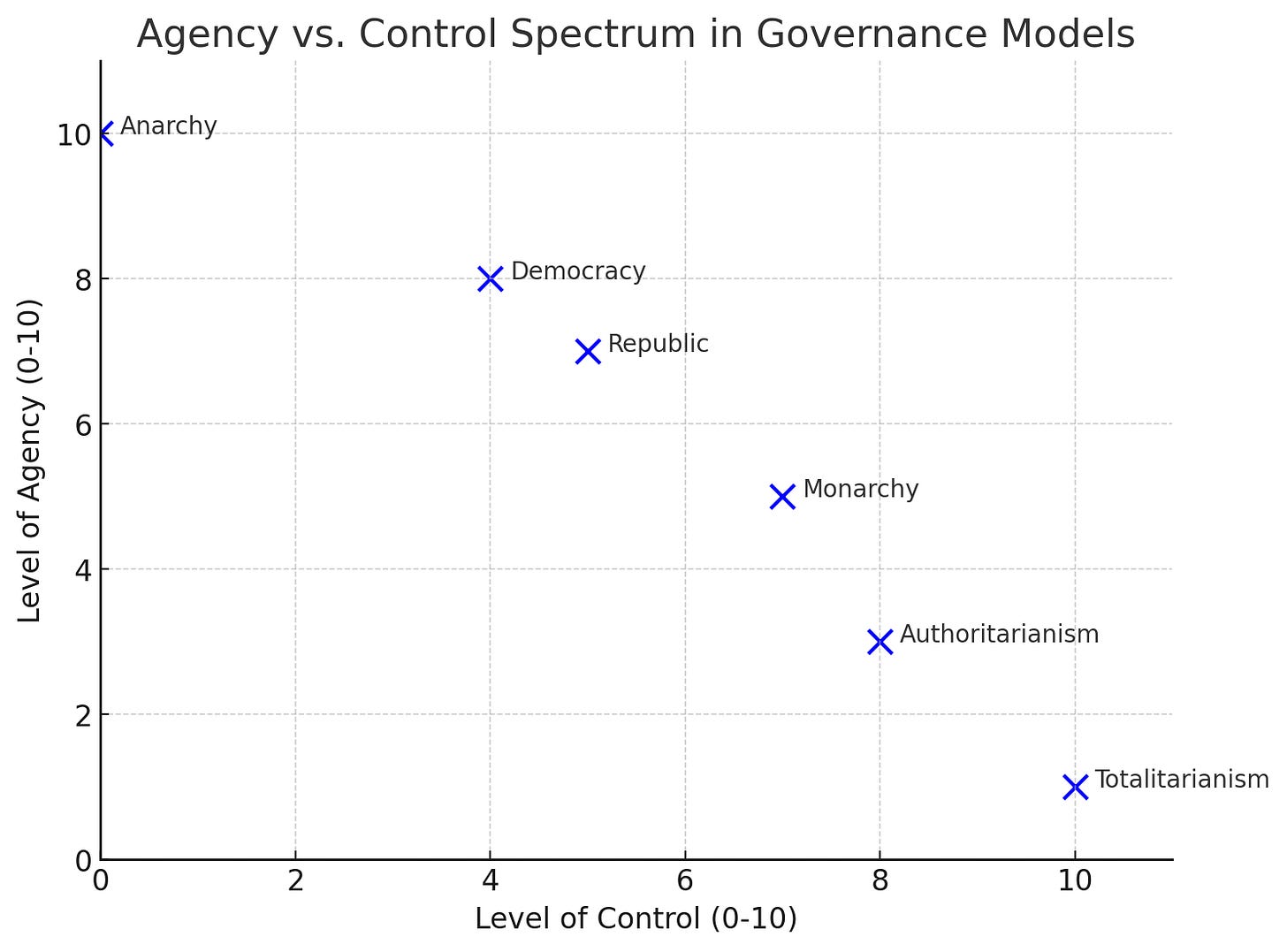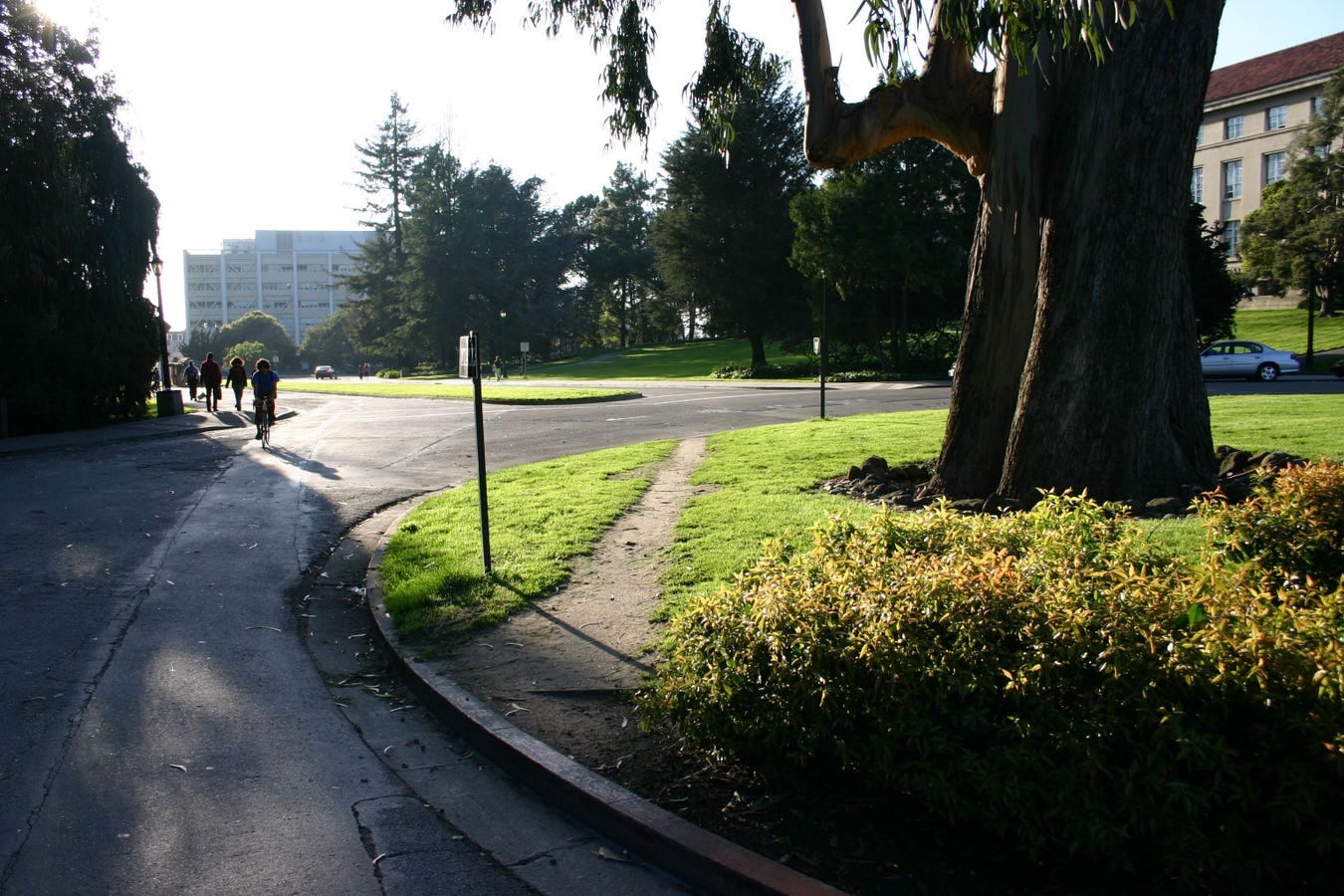Defiance: An Evolutionary Feature
The unexpected paradox between power and freedom in choice and how that tension is shaped, wielded, and consumed by biological systems.
People don’t resist systems because of logic, fairness, or efficiency; they resist because they “must”
The moment a system dictates behavior, people will instinctively push back not because the system is inherently flawed, but because it removes their sense of agency.
Ask any husband about to change a light bulb, who has now just been told to change the light bulb… Nothing about the desire or need to change the light bulb changed. Simply the illusion of denied agency is enough to invoke rebellion.
Even if a system is perfectly optimized, people will still find ways to break it just to prove they are not under its control.
Rationality is secondary; the primary force is the deep, fundamental human need to feel free.
While these ideas have been explored extensively in everything from fiction, like, “A Brave New World,” to philosophy like La Boétie‘a “Discourse on Voluntary Servitude,” all conversations appear to lack a fundamental framing, that roots the behavior in our genetic code.
The Universal Nature Of Defiance
This innate desire to “fight back” when perceived agency is removed is evidenced across all spectrums of life. Corner any wild animal and defiance becomes reflexive. Even domesticated animals will exhibit defiant behaviors when they feel confined or controlled.
This shared instinct is hinting at a deeply profound evolutionary root. Defiance is genetically embedded by necessity as an emergent property of self preservation.
Resistance For Dinner?
Consider a single celled organism. Two primary functions of movement are the avoidance of sub optimal environments and the acquisition of energy. The inability to accomplish just one means certain death.
It is evolutionarily advantageous to avoid confinement. It allows organisms to resist being captured, exploited, or deprived of resources. Those that exhibit a healthy degree of defiance have a higher chance of survival.
As organisms become increasingly complex, the abstraction of agency scales with it.
A leash is a welcome sight for a restless dog. However, a stranger seizing the leash invokes a very different response. Going on a walk appeared like a choice that lacked confinement at first glance, however, the moment the leash changes hands the struggle for survival is on.
The implications are striking. The very tools that appear to confine can also appear to be freeing, depending on who’s “holding the leash”.
Abstracted Confinement At Scale
In organizational contexts, employees will embrace processes that facilitate their work until those same processes become weaponized through micromanagement. The identical structural constraint produces wildly different responses based on who holds the other end of the "leash" and why.
For governance frameworks, this explains the paradoxical human tendency to simultaneously demand both freedom and structure. Citizens willingly comply with laws they help create while violently resisting identical impositions from perceived outsiders.
The threads of suppression are woven deeply, their axiomatic truths are felt the same.
The Paradox of Control
Any system that seeks total adherence will eventually collapse under the weight of human resistance.
Authoritarian governments fall not because they are weak, but because they demand compliance to the point where people must rebel, even if it means suffering.
Social movements fracture when they become too rigid because even those who agree with the cause will eventually reject the loss of personal agency.
Bureaucracies become inefficient because people will actively resist rules that limit their ability to act freely, even if those rules are beneficial.
The hardest part of governance, leadership, or system design isn’t efficiency, justice, or sustainability, It’s creating a structure that feels voluntary even when it isn’t.
The Hidden Wisdom of Free Will
Even taking irrational actions to avoid conforming is designed completely for a person's internal sense of self to feel like they're not trapped or enslaved.
This is not a flaw, it's a design feature. It's humanity's immune system against absolute control.
It's why people sabotage their own interests just to prove they can. Nations go to war over ideas that don't need conflict. Revolutions happen even when the new system is just as bad as the old one.
Because the act of rebellion is not always about results, it's about reclaiming a sense of control.
Even during times of resistance, the masses still turn to leadership structures to guide their collective actions, paradoxically desiring the very control they seek to reject.
The Mastery of Systems: The Illusion of Choice
The only way to create a system that doesn't collapse under human resistance is to bake in perceived choice and allow it to appear emergent. Like Plato articulates in “The Noble Lie,” the greatest leaders, designers, and strategists don't force compliance, they create systems where:
1. People feel like they are choosing to participate.
2. Rebellion is allowed in controlled doses so that resistance doesn't build to catastrophic levels.
3. Rules are invisible, shaping behavior without explicitly restricting it.
The most stable systems don't demand obedience. They make people believe they are free, and in that belief, they stay inside the system willingly.
People don’t inherently want to live in a vacuum, or in societies without laws, limits, and basic protections.
“Human beings can't help it: we need to belong. One of the most powerful of our survival mechanisms is to be part of a tribe, to contribute to (and take from) a group of like-minded people.” - Seth Godin, Tribes
Yet the majority don’t have the desire, will, or wherewithal to help in the steerage of efficient constraint design. Instead, they willingly outsource their agency to systems that effectively market authority. This delegation is not by chance, as Stanley Milgram in “Obedience to Authority” points out: “The disappearance of a sense of responsibility is the most far-reaching consequence of submission to authority.”
Understanding this dynamic isn’t just for those in power. Anyone designing organizations, policies, or even personal strategies can learn from these mechanics. Successful systems don’t just arbitrarily demand obedience, they cultivate voluntary participation.
This is the Secret Those in Power Understand
It's why democracy is more stable than dictatorship, not because it's perfect, but because it allows controlled defiance through elections.
It's why capitalism outlasted communism (at the risk of simplification), not because it's more fair, but because it lets people believe they have unlimited potential, even when they don't. It provides agency through ownership and free trade, while still operating within a highly constrained regulatory framework.
It's why the best companies give employees “flexibility”, not because they trust them, but because letting people feel in control reduces attrition.
Not forcing people into a system. Not even creating a perfect system. But making sure the system allows just enough perceived freedom for people to accept it voluntarily.
That's the difference between dominance and sustainability. These systems endure not because they are inherently just, but because they carefully balance freedom with control in a way that people accept.
Leveraging Power Dynamics: Real World Applications
Reality By Design
Take social media algorithms. While you’re scrolling through your phone, you believe you are choosing what you see. In reality, your world view is being carefully steered by a series of competing interests combined with a mathematical algorithm designed to leverage these exact power dynamics.
The Elephant Path
One of the most challenging problems in civil engineering are elephant paths. Elephant paths are routes or optimizations users take in spite of well meaning system designs.
In the above example, even if the corner was shortened, a new elephant path would arise in the same pattern. It is the perceived reward of “discovering” a short-cut that encourages the reclamation of agency.
So why do civil engineers fail so effortlessly at this task? Because they fail to engineer agency into their designs. The correct solution, in many cases, is to design the path according to the original optimized specification, then build in the less optimal, but seemingly defiant “optional” route, that still guides the path.
The Skateboarder Invasion
A commercial property owner dealing with daily skateboarders interrupting retail foot traffic spent hundreds of thousands of dollars trying to mitigate the problem. From security guards, to knobs and rail guards. They even removed benches, to the detriment of their patrons.
How could they have leveraged our understanding of power dynamics to re-engineer compliance?
If, instead of investing in systems to deny agency, if the company had invested in:
Alternative pathways that were skateboarder friendly but not optimized for foot traffic would create natural segregation pockets where retail foot traffic and skateboarders would not interfere.
Instead of security guards, “concede” the optimal skate paths, but with the concession that they must wear a t-shirt provided by the main office. Each t-shirt is branded to demonstrate social currency (this person is allowed to skate here), and is printed with a weekly advertisement, rotated per retailer, garnering buy in and creating a free mobile marketing platform.
Establish informal skater brand ambassadors to act as self governing bodies, preventing the removal of this newly acquired resource of theirs.
This completely reframes the situation from defensive to a complete co-opting of a group defined by defiance.
The building owners hold all the power, without demonstrating it overtly. They have granted a perceived resource and maintain the ability to revoke it on their terms.
Conclusion
All of the underlying principles I’ve just articulated run deeply across domains as diverse as marketing to parenting.
Take it for what you will.. While nothing I’ve presented here is fundamentally new, I hope this framing allows a better first principles view of existing control structures.
Further, I hope this article encourages you to consider, what are the philosophical and moral implications of “designing” freedom to stabilize inherently irrational decision making?






